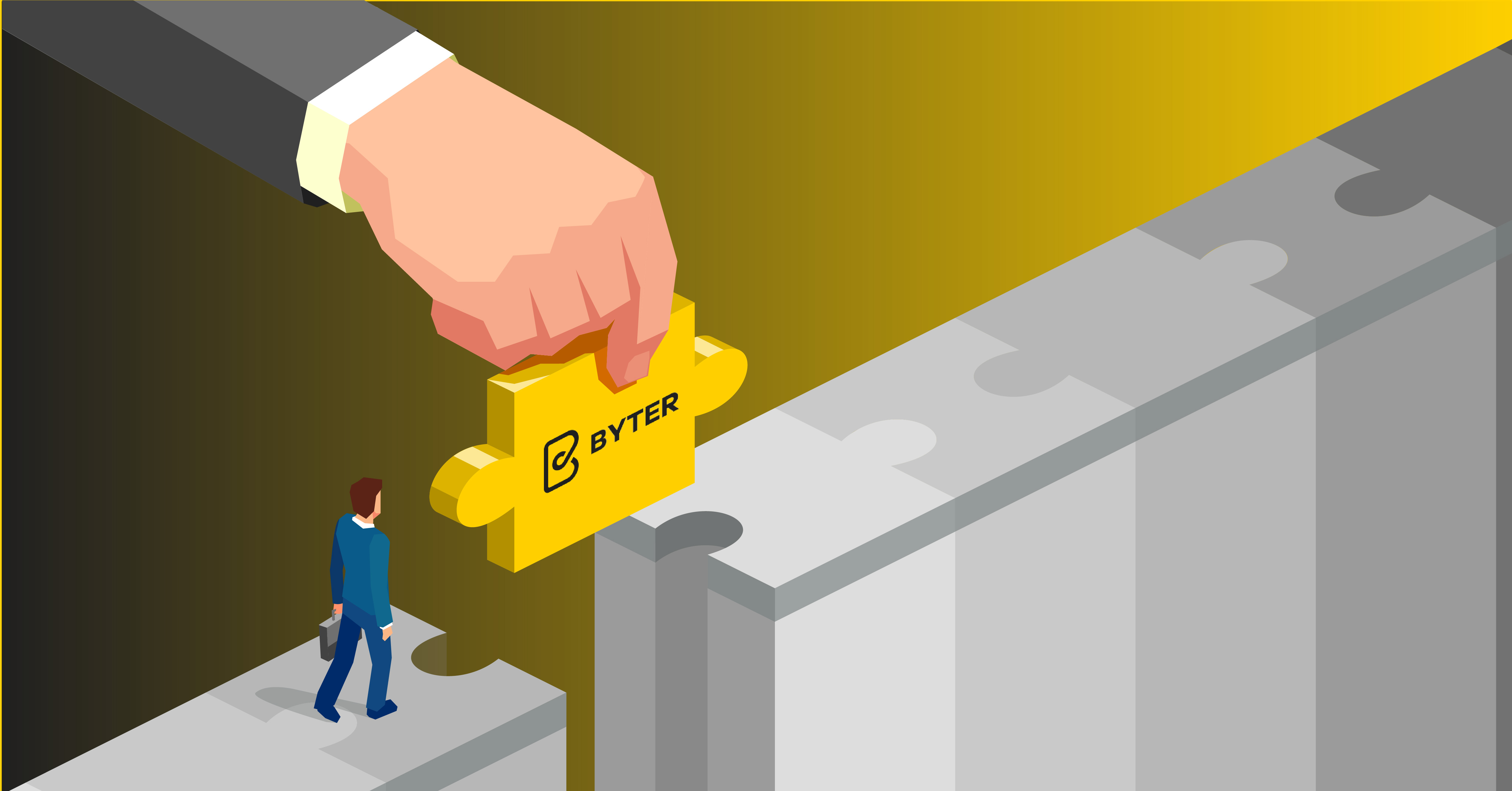What is it?
Otherwise known as the marketing mix. This marketing mix is a combination of factors that can be controlled by a company to influence consumers to purchase its products. The 7Ps acronym helps you sum up all the things in and around your product that you need to take into account when trying to market it.
The acronym was originally coined in the 1960s as 4 Ps:
1- Product,
2- Placement,
3- Price,
4- Promotion.
Then, in the 1980s the other three more were added: Physical evidence, People and Processes.
When you have a product and you are attempting to figure out how to sell it, you need to ask yourself these questions about it. The 7P acronym is a simple mnemonic to help you to remember all the aspects of your product so that you do not miss a crucial part.
The 7 Ps
1- Product
What is your product? What problems does your product help solve for customers? Why is your product the best one to solve it?
2- Price
What is the price of your product?The price of your product is based on what your customers are prepared to pay.Otherwise known as your customer’s perceived value of your product, and should of course result in a profit for you.
3- Place
Where your product is displayed and sold? How does this solve a customer problem? It could refer to anything from a warehouse or a high-street store to an e-commerce shop or cloud-based platform. With the invention of social media stores on facebook and instagram it is becoming increasingly easier to shop and advertise online
4- Promotion
How are you marketing this? Promotion refers to your advertising, marketing, and sales techniques. Influencer based? Are you going to do product placement in movies? Are you going to pull complicated marketing stunts?
5- People
The ‘people’ element of the 7Ps involves anyone directly, or indirectly, involved in the business-side of the enterprise.Your staff, your customer service.
6- Process
Describes a series of actions that are taken in delivering the product or service to the customer. Examining the process means assessing aspects such as the sales funnel, your payment systems, distribution procedures and managing customer relationships.
7- Physical Evidence
Physical evidence often takes two forms: evidence that a service or purchase took place and proof or confirmation of the existence of your brand.Validation essentially refers to visual aspects or quantifiable features of your brand, such as your website, your logo, business cards, a sign on your building, the brand’s headquarters and equipment, and your social media presence.
The 7 Ps are used by companies to identify key factors for their business, including what consumers want from them, how their product or service meets or fails to meet those needs, how their product or service is perceived in the world, how they stand out from their competitors, and how they interact with their customers.
Good luck and happy marketing!

